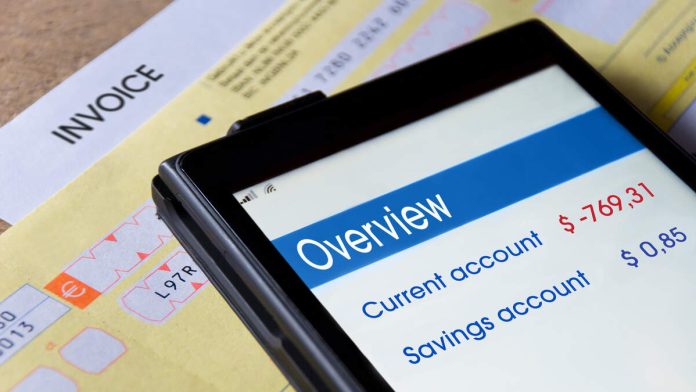The Consumer Financial Protection Bureau (CFPB) announced a new rule on Thursday (December 12) aimed at limiting bank overdraft fees. The rule targets banks and credit unions with over $10 billion in assets, requiring them to choose one of three options for managing overdraft fees: charging a $5 fee, offering overdraft as a courtesy with fees covering only costs or losses, or continuing to offer profit-generating overdraft loans while complying with lending laws, including disclosing any applicable interest rates. This rule is expected to save consumers up to $5 billion annually, or about $225 per household that pays overdraft fees.
CFPB Director Rohit Chopra described overdraft fees as a “legal loophole” that has drained billions from Americans’ bank accounts. He stated, “The CFPB is cracking down on these excessive junk fees and requiring big banks to come clean about the interest rate they’re charging on overdraft loans.”
The new rule closes a loophole that exempted overdraft fees from being considered finance charges under the Truth in Lending Act (TILA), which was established in 1968. Over the years, overdraft services have become highly profitable for banks, leading to increased consumer costs and loss of access to banking services for many individuals.
The CFPB’s action is part of a broader effort to tackle junk fees across various sectors of the economy. Since the initiative began, several banks have reduced or eliminated overdraft and non-sufficient fund fees, saving consumers $6 billion annually. However, in 2023, consumers still paid more than $5.8 billion in reported overdraft and NSF fees as reported by Contra Costa News.
The final rule will take effect on October 1, 2025, giving financial institutions time to adjust their practices. The CFPB continues to enforce actions against illegal overdraft fees, having recently taken action against several large institutions, resulting in significant refunds to consumers.

Recent Comments